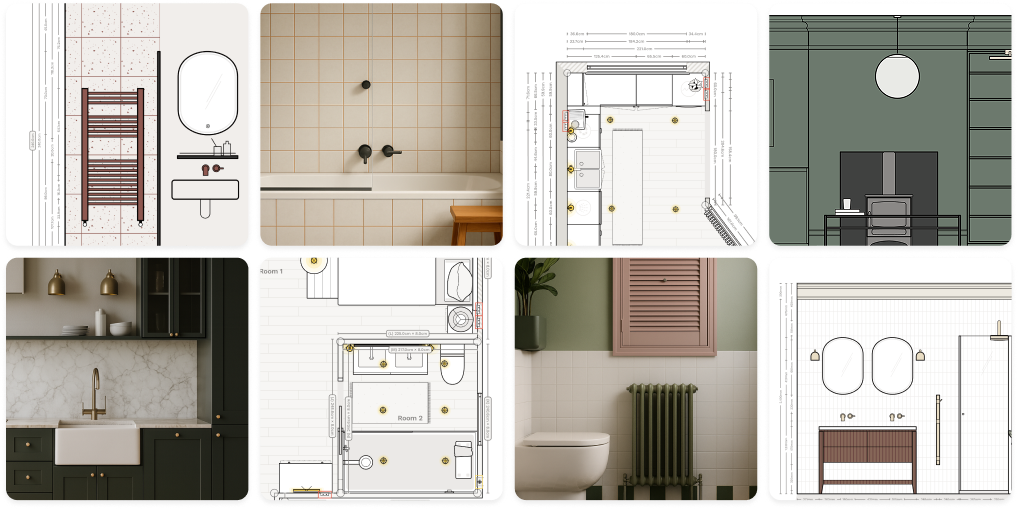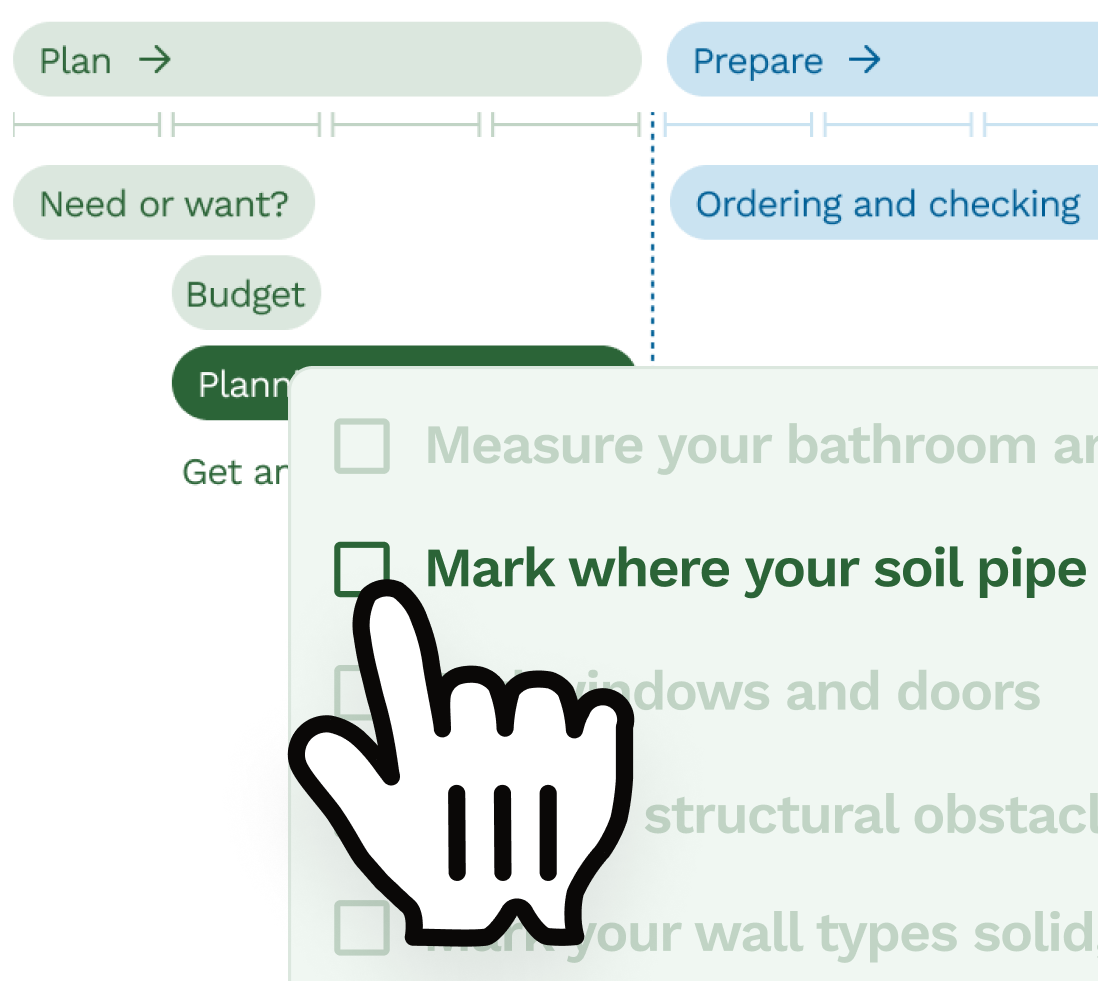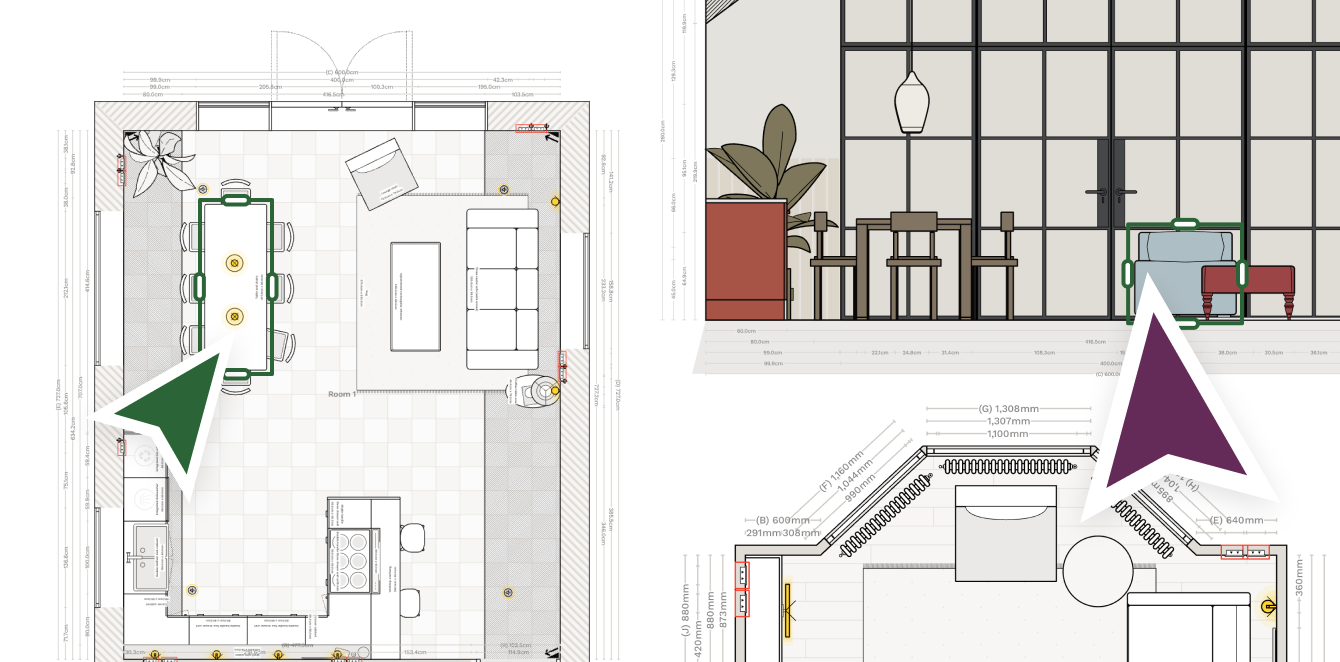Help & advice
What flooring is best for a bedroom
Carpets, wood and laminate are the most popular types of flooring for bedrooms, there are also vinyls, tiles and concrete, all available at different price points, colours and design. When choosing what flooring to have, consider how it will feel under foot, think about noise issues and how you want to feel in the room.
Carpets
For carpets, look for natural fibres (including the backing), low VOCs (Volatile Organic Compounds) or those made from recycled materials.
Carpet is a popular choice as it is a great insulator, keeping the heat in during winter and keeping the room cool in the summer. It is comfortable and warm under foot and has so many options from design, colour, texture, pile, material and price point. When it comes to durability, Wool and Nylon are the heroes here, they can withstand high traffic and wear, so your carpet should last a good 15 years with care. Lastly, a natural carpet may succumb to the dreaded clothes moth so more care needs to be taken and quick treatment used if any signs of clothes moth is spotted.
Wooden floors and floorboards
Using original floorboards or reclaimed wood will always be the most environmentally friendly - and fill those gaps to reduce drafts and your heating bills! Second to that, Bamboo flooring is quick to grow and replenish, hard wearing with natural antibacterial properties, however it is bonded with glues that make it harder to recycle in the future. Looking at new wood floors? Look for FSC-certified wood (ensures that the materials used come from responsibly managed forests).
If you have been blessed with beautiful original floorboards in your bedroom, a sand and seal will bring warmth and natural beauty to your room. If the flooring is original, you may find it draughty, using rugs can help, as well as filling in between the gaps. Laying new hardwood flooring (solid or part engineered) should last as long as you live there and beyond, with the occasional refinish to buff out general wear and tear. As will any hard floor, noise may be an issue, both in the bedroom, but also for whoever is below it.
Laminate
While laminate flooring is made up of sawdust, wood chips, and other recovered woods, the glues used to bond the laminate can mean it is not recyclable.
As it comes on large rolls, it is great for getting a seam free flow between rooms, with many designs including a wood look, it is often a good choice for flooring on a budget, plus is warm and comfortable under foot.
Vinyl
Vinyl is 100% recyclable!
As it comes on large rolls, it is great for getting a seam free flow between rooms, with many designs including a wood look, it is often a good choice for flooring on a budget, plus is warm and comfortable under foot.
Tiles
Tiles will be colder underfoot, and you need to be sure your floor can take the weight (especially if you are opting for solid stone tiles) but they are hard wearing, easy to clean and can really personalise your space.
Polished concrete
Polished concrete has gained a loyal following due to its durability, versatility and lifespan. It is easy to maintain and can be very cost effective. It won't however provide cushioning and it can be cold underfoot, good for summer but rugs and mats will be of benefit in the winter. Acoustics may again be an issue.
Remember your flooring transitions!

Nothing worse than having to make a last minute decision on fitting day and getting your first impression of the room wrong. A threshold bar is a strip used to bridge the gap between the different types of flooring from one room to the next.
Thresholds can be made from metal, wood, laminate, or PVC. Plan ahead to avoid any surprises – work out the height difference of your flooring and what you want the join to look like before starting work. If you've added height to the room your door may need adjusting too!
Renovating? Read more...
Bedroom
Planning the best layout for your bedroom
Sometimes it can be helpful to start from the outside and work your way in.
Bedroom
Where to put plug sockets in a bedroom
At some point you'll be asked where you want your sockets in your bedroom, and it pays to have a plan rather than live without being able to charge your phone on one side of the bed or plug in a lamp in that dark corner!
Bedroom
How to elevate your bedroom design
3 ways to make your bedroom design more sophisticated, explained by an interiors editor
Bedroom
Mastering bedroom lighting, what do I need to know?
One thing that everyone seems to agree on is to make sure you have different types of lighting in your bedroom, also known as layering.
Bedroom
How to add an ensuite bathroom to a small bedroom
This requires careful planning and design to make the most of the available space. Here are some key considerations...
Bedroom
Creating a mood board for your bedroom design
Start from the bottom, be a thief, follow your eye, create zones and follow some rules!
Free tools to get started




Explore Reno...
Start your renovation with Reno











